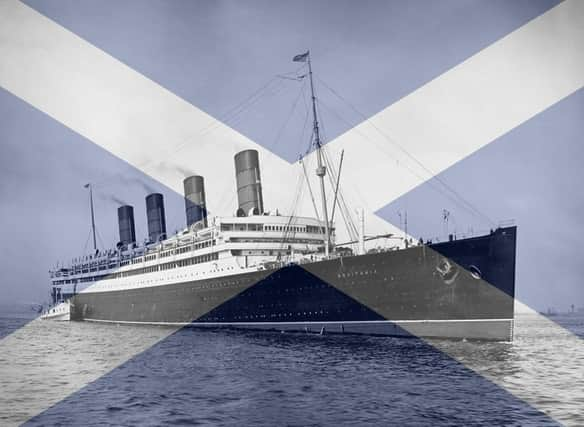April 21, 2023, marks the centenary of the SS Metagama departing from Stornoway in the Outer Hebrides. For the islanders leaving, the communities being left behind and the very culture of Scotland itself, things were never the same again.
Unsurprisingly, this ship of such a powerful legacy was built in Glasgow, which as The Herald reports boasted shipbuilding which “was the envy of the world.” They pointed out that “in the early 1900s a fifth of all ships in the world were made on the River Clyde in Glasgow.”
Over the years, tens of thousands of naval, merchant and passenger ships were built on the Clyde and its tributaries since the Scott family first set up a yard in Greenock in 1711. Indeed, the term ‘Clydebuilt’ was seen as synonymous with superior precision marine engineering.
In honour of the 100th anniversary of the SS Metagama leaving Stornoway, here are nine Scotland-built ships that inspire wonder to this day.
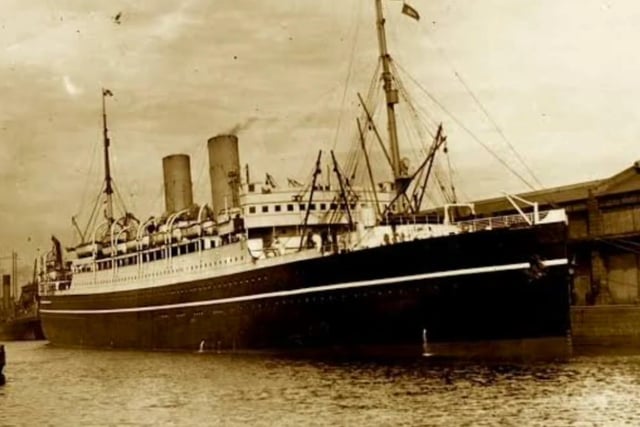
1. SS Metagama
The SS Metagama was a transatlantic ocean liner owned by the Canadian Pacific Railway Company, it was built in Glasgow in 1914 and eventually scrapped by 1934 following the Great Depression. The ship could accommodate 1,654 passengers and achieve speeds of up to 16 knots. It was used during the First World War and, luckily, managed to avoid the fate that befell her sister ship, the SS Missanabie. The sister ship was torpedoed by a German submarine in 1918 towards the end of World War One. After the war, the SS Metagama became known as an immigrant ship and famously accommodated the mass emigration of Scottish youths to Canada in 1923. Photo: YouTube Screenshot via TRANSATLANTIQUES
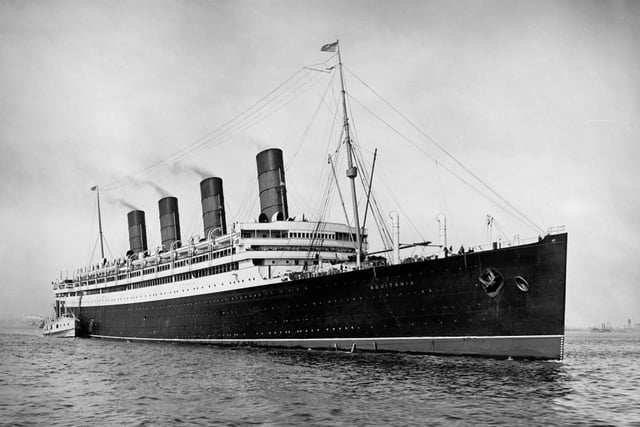
2. RMS Aquitania
The RMS Aquitania was an ocean liner from the Cunard Line which served between 1914 and 1950. Designed by Leonard Peskett and built by John Brown & Company in Clydebank, she was first launched on April 21 1913. Her maiden voyage took place from Liverpool to New York the year following on May 30. In her 36 years, the vessel served military duty in both world wars and returned to passenger service after both. Her crew affectionately called her “Old Irrepressible” as, unlike the Lusitania, she was the only major liner to survive each world war. Photo: via Picryl
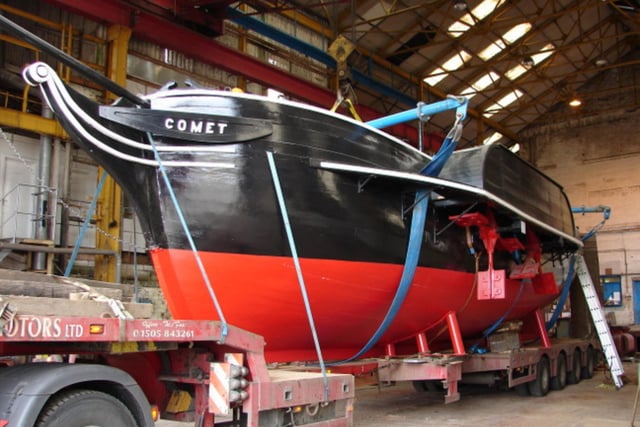
3. PS Comet
It may have only been 45ft long, but the Comet represented a giant leap forward in shipbuilding technology when launched at Port Glasgow in 1812. The vessel provided the first commercially successful steamboat ferry service in Europe and hinted the era of sailing ships may be coming to an end. The Comet was built for Henry Bell, a Scottish engineer fascinated by the potential of steam power. When his wife became manager of a public baths and hotel in Helensburgh, Bell saw an opportunity to attract customers to the seaside town with a state-of-the-art ferry. The Comet was outclassed by other steamers within four years but had by then secured her footnote in maritime history. A replica of the boat now stands in Port Glasgow town centre. Photo: via WikiCommons
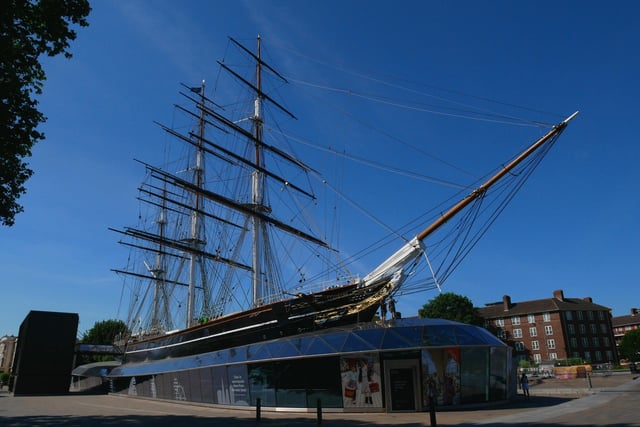
4. The Cutty Sark
It would take another 50 years before steam overtook wind as the power source of the biggest ships. The Cutty Sark was one of the last of its kind when launched in 1869 at the Scott & Linton yard in Dumbarton. Known as a clipper - a mid-19th century type of sailing ship built for speed - such vessels were characterised by a narrow hull and large total sail area. Cutty Sark was ordered by the shipping magnate John Willis and named after a character in Robert Burns’ classic poem Tam o’Shanter. Although famously associated with the Chinese tea trade, Cutty Sark spent most of her life at sea transporting wool from Australia. She last sailed in 1938 and became a cadet training ship. In 1954 the Cutty Sark was towed to a custom-built dry dock in Greenwich, south London, where she has remained ever since. The ship is a prominent landmark on the route of the annual London Marathon. Photo: via WikiCommons
